Architecture and
Building Engineering
Building Engineering
Architecture is an important of element society that is closely related to human beings through creation of various environments. Therefore, we have great potential for creating a rich and vivid social life environment. This faculty offers comprehensive architectural education based on art, science and technology, cultivating designers and engineers who can accurately grasp requirements and tasks of the society which has entered the maturity phase, switching from “development” to “sustaining”, from “efficiency” to “humanity”, and realize and solve them both theoretically and practically. In year 2009 we have added four more education fields to existing five fields, providing more comprehensive education. This faculty allows students to study a wide range of fields, from “architecture” to “urban”.
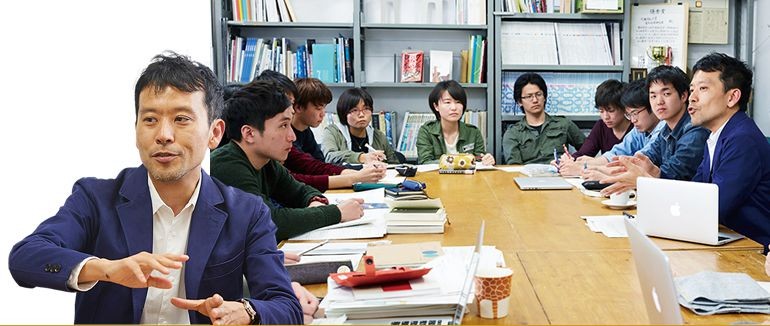
The feeling of being “comfortable” at a place might not only be connected to the beauty of the building or the spatial comfort. Various factors such as, the interior of the room, the view from the window, the urban environment including the building and the likes also have major influence. Regardless of how far technology has advanced, that “feeling of comfort” has not changed from the past. So basically, we can find clues on “what design should be constructed” by studying the old buildings, or by focusing on the environments in various regions. Examining the past or various regions from such a viewpoint, and connecting the results to future architecture are the concepts of architectural history.
Only famous buildings are not only the targets. For example, a student picked up a local public bath, designed a new genre of “convenience-store type public bath” and noticed it as a place where modern age local people can gather. Changing the evaluation standards and discovering new values in existing things are the charms of architectural history.
Osaka City, where the University is located, is full of living history. For example, Kitamido, which has been a guardian god for merchants in Semba since Edo period, is still in great bustle as a public space. In and near Kitahama and Nakanoshima, there are retro structures built in Meiji to early Showa, but still in use. Obviously, there are also many buildings constructed using the latest technologies in the city. The area is a rare place even at the nationwide level where many traditional culture and history are still alive in a local living-sphere, and it mingles with the contemporary urban world. Seeing and experiencing them in fieldwork would provide students with major clues to study future architecture. A real charm of architectural history is associating field and references, and discovering and positioning the new values. An advantage of our laboratory is being close by “the town of Osaka”, which serves as a live classroom in itself.
Education and research in the building engineering area is centered on knowledge and technology necessary to control various aspects of structural behaviors of buildings. Specifically, the education includes: (1) learning the technology of structural analysis of buildings and development of ability to create structural planning (structural mechanics, structural planning), (2) learning the basics of structural design of buildings and understanding of theoretical background (reference load, load estimation), (3) learning the basics of structural materials and construction quality control of buildings, and basic knowledge about various building structures and properties of building materials (building materials, construction quality).
Among various architectural structures our research is focused on mechanical characteristics of shell and spatial structures with large space, represented by domes and stadium roofs. We research structural characteristics using both numerical analysis and experimental methods, aiming to develop structural technology to create new architectural space.
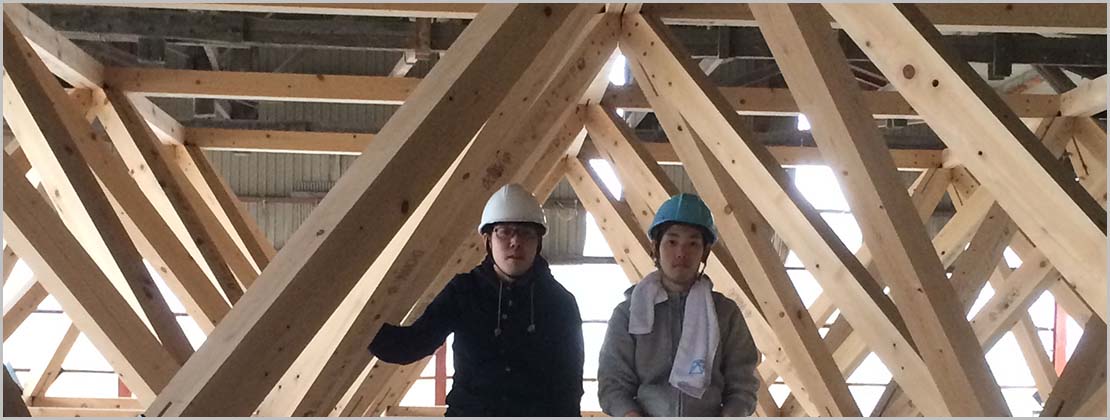
Earthquakes and wind force are the main affecting factors that buildings must withstand. While the force applied by an earthquake varies depending on internal characteristics of the building such as its hardness and weight, the wind force depends on the shape of the building, or, so to speak, its appearance. On the other hand, if the building is destroyed it means that (earthquake / wind force) > (building’s strength), and it is also necessary to check the structural strength of the building. Our laboratory is studying the forces generated by the winds acting on buildings and the structural strength of the buildings damaged by the wind.
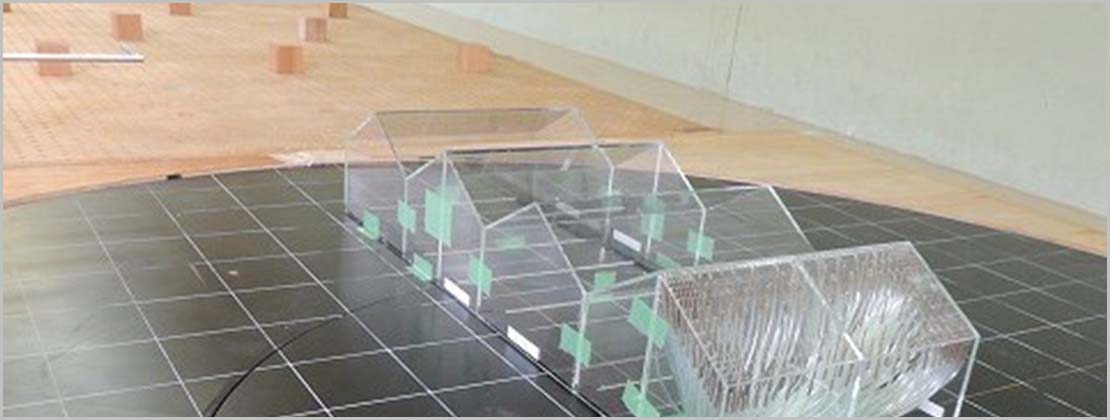
We are researching seismic performance evaluation of buildings (mainly reinforced concrete and wooden) and development of seismic strengthening technology. Recently, our goal is to develop a new concrete structural material system which will use new materials. We are also working on development of building and structural materials with reduced environmental impact due to effective utilization of natural resources and industrial byproducts.
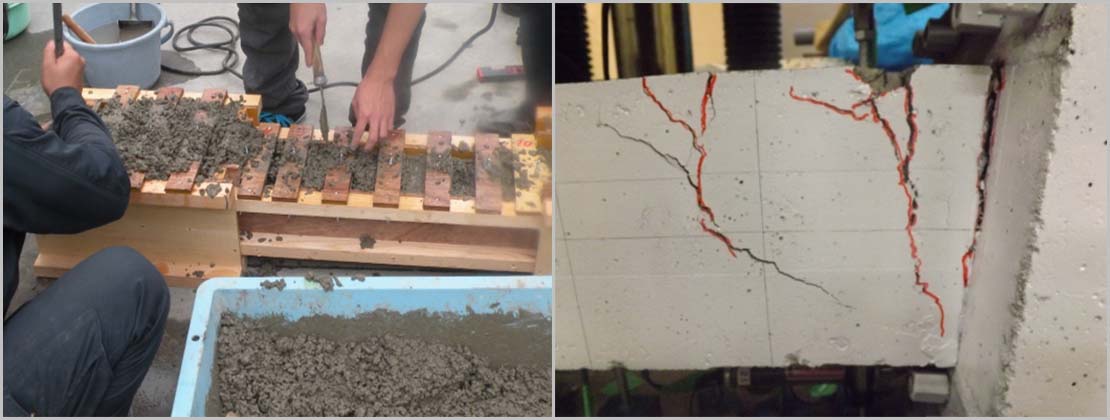
*Click to view researcher profiles
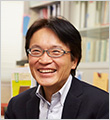
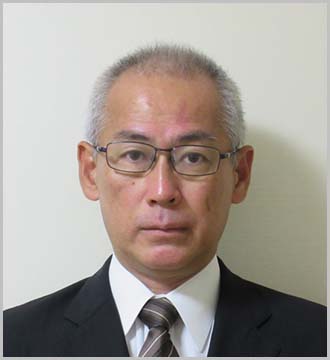
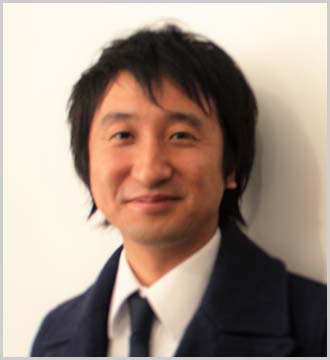

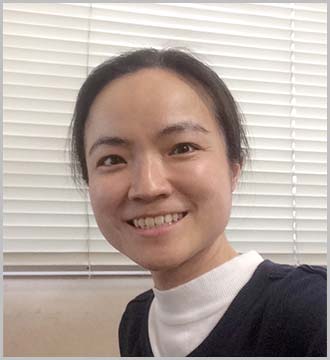
Education and research in the environmental area is focused on indoor and outdoor environmental control from the viewpoint of human comfort and energy conservation in architectural space. Specific fields: (1) light environment including sunshine, lighting, natural lighting, (2) heat environment including temperature and energy, (3) sound environment including noise, sound insulation, acoustic characteristics, (4) air environment including air quality and air flow, (5) quantitative evaluation of building's physics, evaluation of buildings from psychological and physiological point of view in the area of building facilities handling water supply, sanitation and fire extinguishing system, air conditioning and ventilation.
In order to reduce the risk of fall accidents of elderly persons, we measure line of sight during movement in the light environment as an environmental factor causing such accidents. We also analyze the relationship between the rate of fall accidents in nursing homes for elderly and weather conditions.
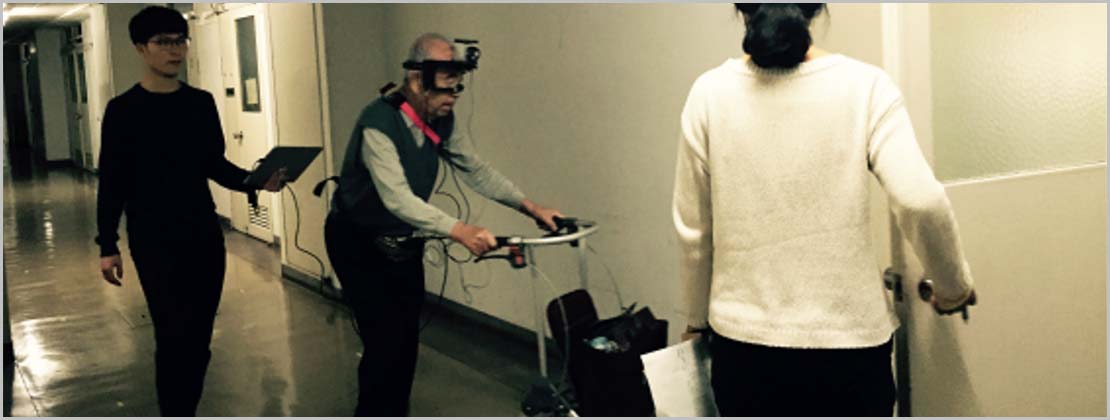
In addition to planning physical characteristics of buildings, education and research in the architecture and planning area is focused on planning the <architecture> by considering such aspects as human social life and historical culture. Specific fields include (1) planning including not only new constructions but also utilization of stocks and construction of buildings, (2) design that creative integrates a wide range of conditions relating to construction, (3) architectural history that updates evaluation and definition of buildings. This area puts special attention to practical approach through actual design, moving between practice and theory.
We examine and analyze existing cities in the field and research design methods that use the results in architectural design. Our students not only participate in exhibitions, but also have many opportunities to engage in actual projects, such as designing buildings requested by the laboratory and participating in the competition of architectural design offices.
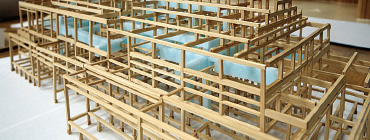
Renovation has become popular as a method of regenerating the housing stock, and renovation areas have appeared all over the place. In such areas renovation calls further renovation, forming a chain network. This phenomenon is called Co-Renovation. We investigate its mechanism and the possibility of revitalizing the community. As mentioned above, the architectural planning is a research field that constructs the theory of planning buildings and cities from the relationship between humans, things and ideas.
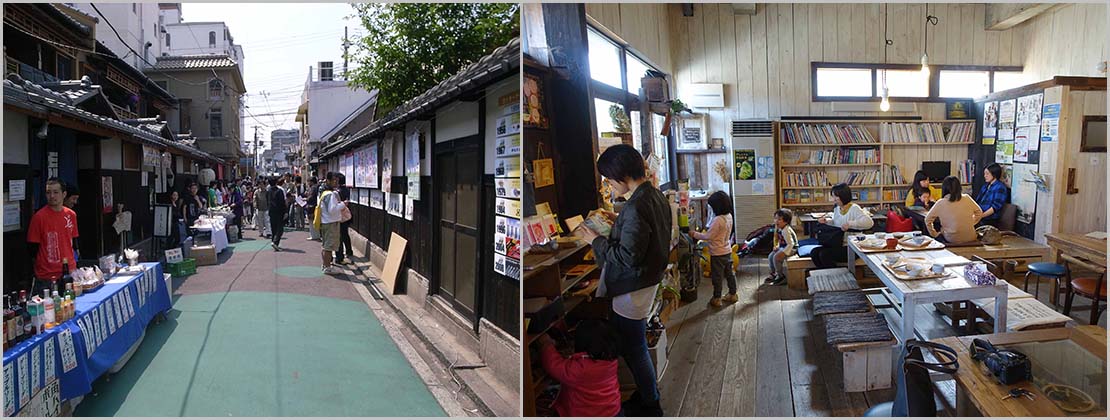
We are working on development of new construction methods using new materials, reevaluation of traditional technologies and development of methods to diagnose soundness of existing buildings based on wooden materials and wooden structures as sustainable materials responsible for carbon fixation, development of technical infrastructure for long-term prediction of building performance.
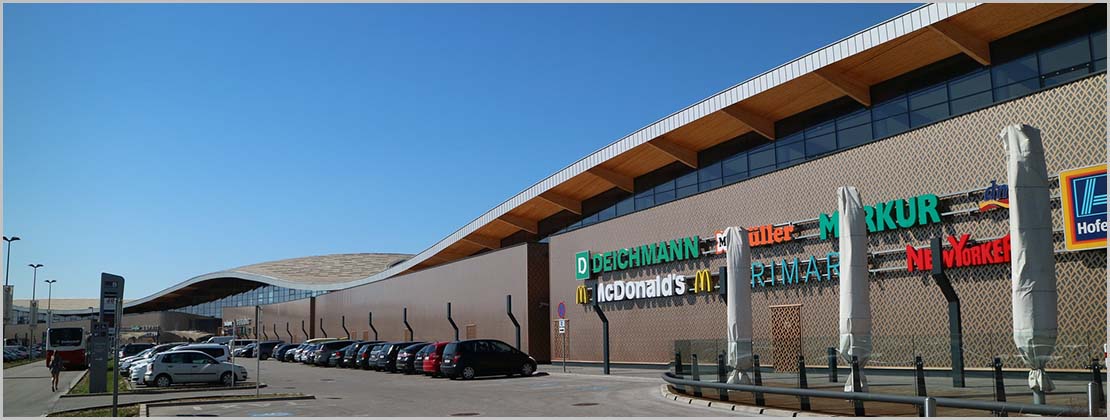
We perform empirical research through workshops with residents, focusing on cities as living entities comprising people, communities and regions. We are working on such themes as urban planning to revitalize cities and regions where residents play major part, and design of regional and group urban space beyond single buildings.
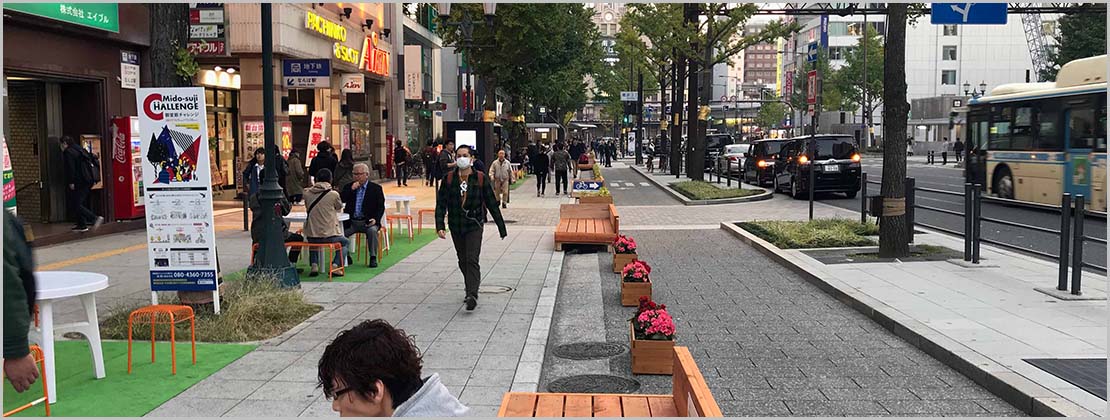
*Click to view researcher profiles
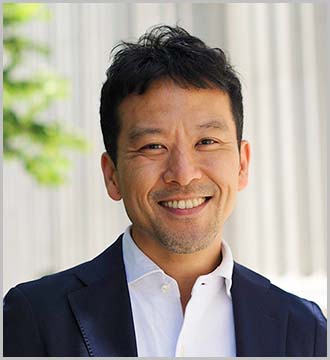
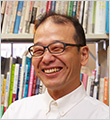

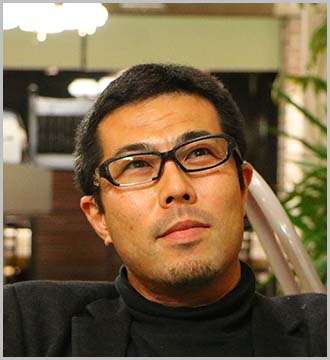

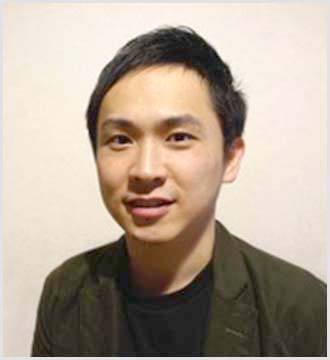
Our research subjects include “spatial information analysis for large scale geometric data”, “algorithm-based architectural and urban design”, “development of efficient evacuation plans based on mathematical models”.
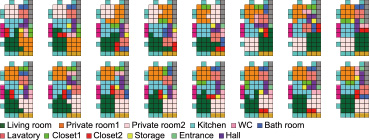
Our faculty works in a wide range of fields, and we are looking for diverse talents. All potential students must meet the requirement “6” and any of requirements from “1” to “5” below.